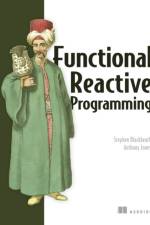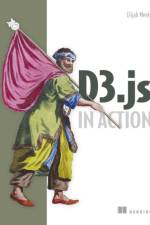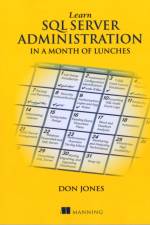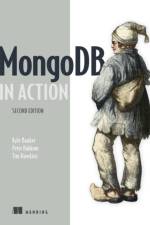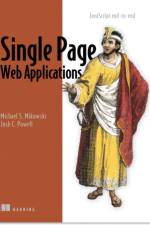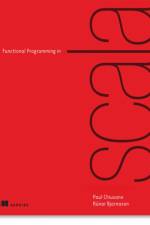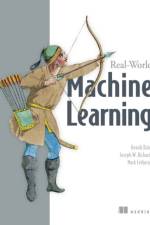av Jeremy Wilken
537
SummaryIonic in Action teaches web developers how to build cross-platform mobile apps for phones and tablets on iOS and Android. You''ll learn how to extend your web development skills to build apps that are indistinguishable from native iOS or Android projects.Purchase of the print book includes a free eBook in PDF, Kindle, and ePub formats from Manning Publications.About the BookWouldn''t it be great if you could build mobile apps using just your web development skills? With Ionic, you can do just that: create hybrid mobile apps using web technologies that you already know, like HTML, CSS, and JavaScript, that will run on both iOS and Android.Ionic in Action teaches web developers how to build mobile apps using Ionic and AngularJS. Through carefully explained examples, the book shows you how to create apps that use UI components designed for mobile, leverage current location, integrate with native device features like the camera, use touch gestures, and integrate with external data sources. Learn to test your apps to improve stability and catch errors as you develop. Finally, you''ll discover the command-line utility, and how to build and deploy to app stores.What''s InsideCreate mobile apps with HTML, JavaScript, and CSSDesign complex interfaces with Ionic''s UI controlsBuild once and deploy for both iOS and AndroidUse native device hardware and device-specific featuresCovers the entire mobile development processAbout the ReaderReaders should know HTML, CSS, and JavaScript. Familiarity with AngularJS is helpful but not required.About the AuthorJeremy Wilken is a senior UX software developer who works with Ionic, AngularJS, and Node.js. He lives in Austin, Texas.Table of ContentsIntroducing Ionic and hybrid appsSetting up your computer to build appsWhat you need to know about AngularJSIonic navigation and core componentsTabs, advanced lists, and form componentsWeather app, using side menus, modals, action sheets, and ionScrollAdvanced techniques for professional appsUsing Cordova pluginsPreviewing, debugging, and automated testingBuilding and publishing apps





